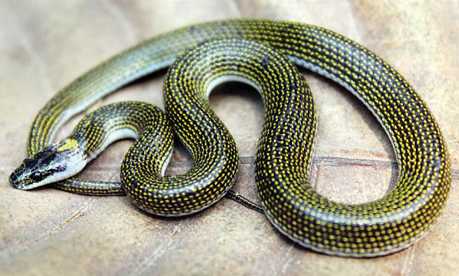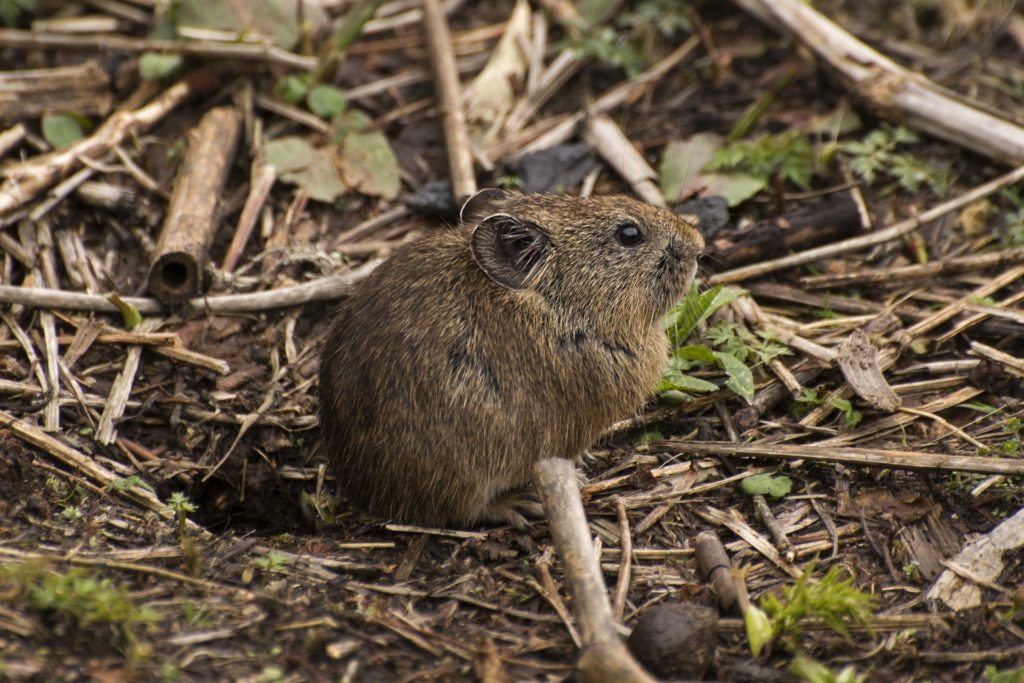For most of us, passing along a green stretch of land is equivalent to looking at a single blur of different shades of green. But then, if you have the inclination as well as the eyes of a keen observer, you might find the unusual, hidden in plain sight. Just like Jatindra Sarma, a forest official from Assam, who first saw a shrub slightly different from the other foliage growing in the crevices of a hillock in Assam and knew he was looking at something different. The plant was not a common resident and he had in fact discovered the Cambodian Dragon Tree for the first time in India.
The Cambodian Dragon Tree (Dracaena cambodiana) was till now known to be found only in the forests of southern Chinese provinces Yunnan, Guangxi and Hainan. Other populations exist in Cambodia, Laos, Thailand and Vietnam but never in India.
Also Read: Plants Can Learn and Remember, Just like Animals
The discovery is important because the tree, owing to its medicinal and ornamental importance has been over-harvested from wild sources and is listed as a rarity and endangered in China.

The Dragon Blood tree
What makes Dracaena cambodiana so special is the red coloured sap or resin that oozes out of its stems. Famously called the dragon blood, this resin is rare and valuable because of its curative and medicinal properties.
According to this research, dragon’s blood is one of the renowned traditional medicines used in different cultures of world. It has got several therapeutic uses: haemostatic, antidiarrhetic, antiulcer, antimicrobial, antiviral, wound healing, antitumor, anti-inflammatory, antioxidant, etc.
Also Read: Vanishing Medicinal Plants of Kashmir
Besides these medicinal applications, it is used as a colouring material, varnish and also has got applications in folk magic.
While Dragon Blood extraction from other plants especially the Pterocarpus family is known in India, the Dracaena cambodiana was never believed to be growing in the country.
“And all these years no one knew we have it here — in Karbi Anglong!” says Sarma, “It is big news.”
He explains that the resin that oozes out of the plant whenever a leaf falls oxidises to give the red colour and is called the ‘Dragon blood’.
His sighting has been published in the latest issue of the Journal of the Botanical Research Institute of Texas co-authored by Hussain Ahmed Barbhuiya of Bhabha Atomic Research Centre and Santanu Dey of Nagaland University’s Department of Botany.

Sarma is the Chief Conservator of Forests of the Northern Assam circle and a botanist at heart. He has already discovered 8 new species of medicinal plants in Assam and sighted 12 species first time in India.
“I like exploring places others do not. For example, not many people have explored the wilds of Karbi Anglong properly. I observe constantly, question and see,” he tells to Indian Express.
Taking a step further to conserve the species, when he realised that the plant he had discovered was rare, he began propagating it in nurseries in Assam.
The effort is also important as the Karbi Anglong area of Assam where the wild tree currently grows is rampant with mining activities.
More about the Cambodian Dragon Tree
The Cambodian Dragon Tree usually reaches 4 meters in height, although some may eventually become as high as 10 meters. The slender stems are usually branched, with grayish brown bark. Its sword-shaped leaves are crowded at apex of branches. These bright green leaves typically measure 70 centimeters by 3 centimeters. The greenish white or pale yellow flowers are formed in clusters, followed by a berry that is circa 1 centimeter in diameter.
The first part of its scientific name, Dracaena, is a feminine form of the Greek word drakon and therefore means ‘female dragon’. The second part, cambodiana, is Latin in origin and means ‘(from) Cambodia’. (Source)
Your contribution (of as little as Rs.50/-) can help us keep bringing to you stories about lesser known species of India.
Do support our work by clicking HERE.
Featured image via Biolib









